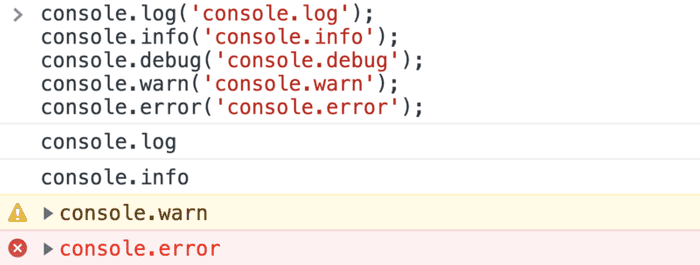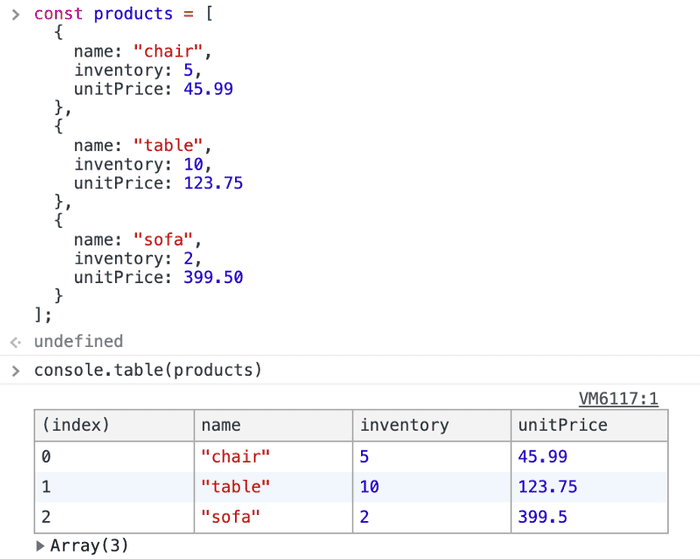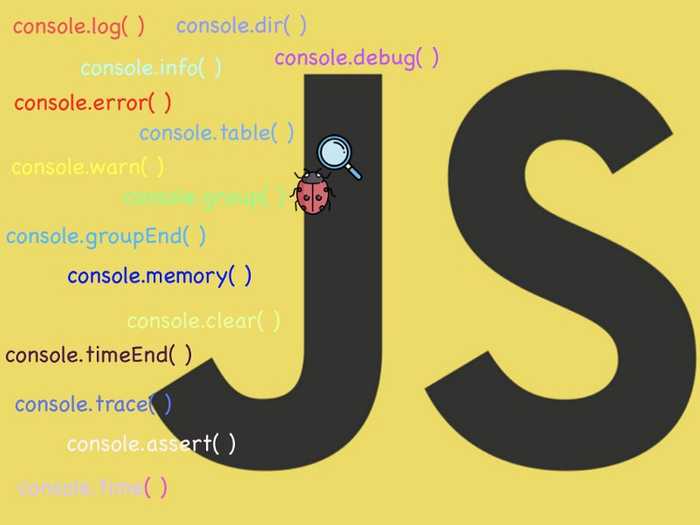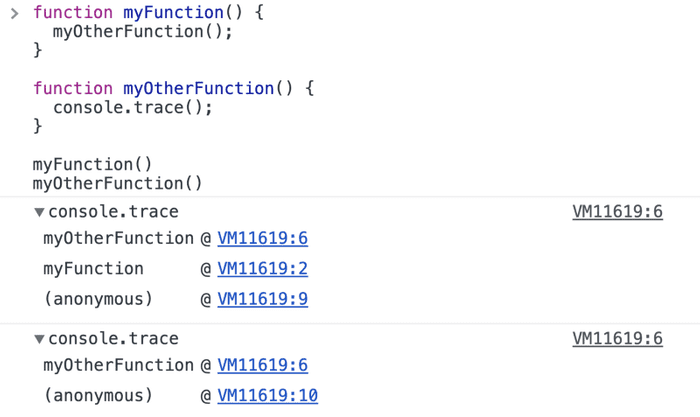« Mastering JS console.log like a Pro
December 14, 2019 • ☕️ 2 min read
Printing messages in the browser console have definitely come to rescue to all the developers out there. console.log( ) messages are like medicines for most of your diseases while debugging some wired problems in your code.
Most of the devs out there are like — Let’s print the message in the browser to know more about this issue. I’m sure that I’m not the only one doing this. 🤪
Debugging is like being the detective in a crime movie where you’re also the murderer — Filipe Fortes 🐛
Apart from the most commonly used console.log( ) message to print the message in the browser there are plenty of different ways to make your debugging process a lot easier. Let’s take a look at them one by one with examples.
console.log( ) | info( ) | debug( ) | warn( ) | error( )
These will directly print the raw string with appropriate color based on the type of event that is provided to them.

Use placeholders
There are different placeholders that can be used as listed below
%o — which takes an object,
%s — which takes a string, and
%d — which is for a decimal or integer
Add CSS to console messages
Do all of your console messages look the same? well, it won’t be the same from now on, make your logs look more catchy for what matters the most to you.
What to color only a specific word from the log message? Here you go 😄
console.dir( )
Prints a JSON representation of the specified object.
HTML elements in console
Get the HTML elements in the console just like inspecting elements
console.table ( )
Want to view JSON in a proper and easily understandable way?

console.group( ) & console.groupEnd( )
It is quite possible to group the messages with the console
console.count( )
This function logs the number of times that this particular call to count() has been called. This function takes an optional argument label.
If label is supplied, this function logs the number of times count() has been called with that particular label.
If label is omitted, the function logs the number of times count() has been called at this particular line.
console.assert( )
This comes quite handy when you only want to print some selected logs i.e. it will only print the false argument. It does nothing at all if the first argument is true.
console.trace( )
This method displays a trace that shows how the code ended up at a certain point.
console.time( )
A dedicated function for tracking the time taken for actions, console.time() is a better way to track the microtime taken for JavaScript executions.
console.memory( )
Wondering how our JavaScript applications are using browser memory?
console.clear( )
This one is the last but not the least 😁, To clear all the above console messages which you’ve learned, It’s time to destroy them with clear() command
Here is the gist for all above snippets
Link — https://gist.github.com/Harshmakadia/fc25e56cb8f49145f4c9b3528f04215f
gist
Happy Learning! 💻 😀











